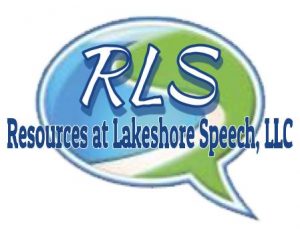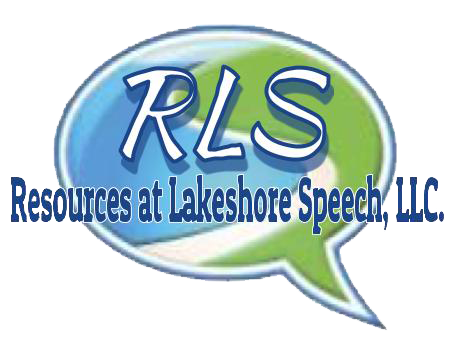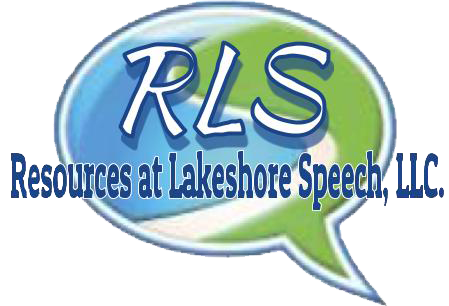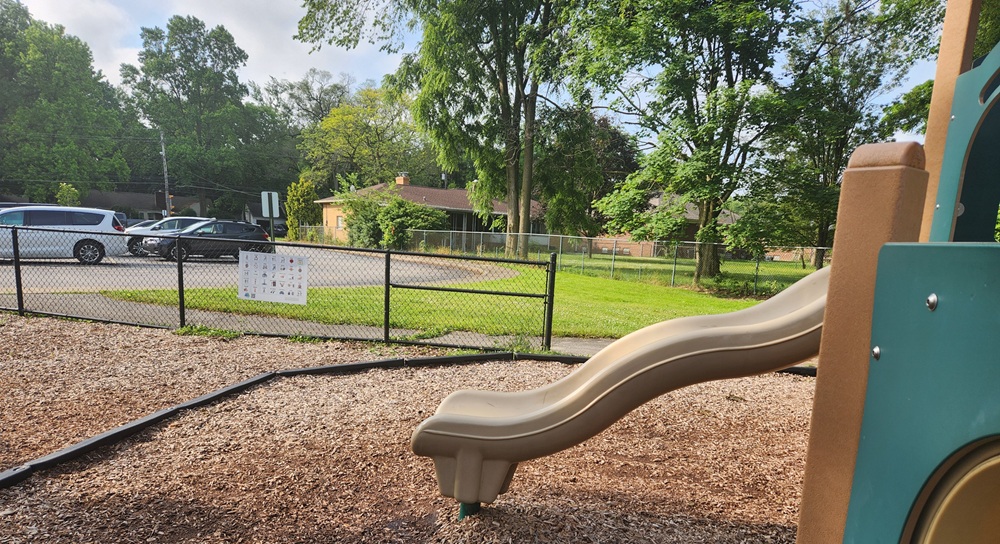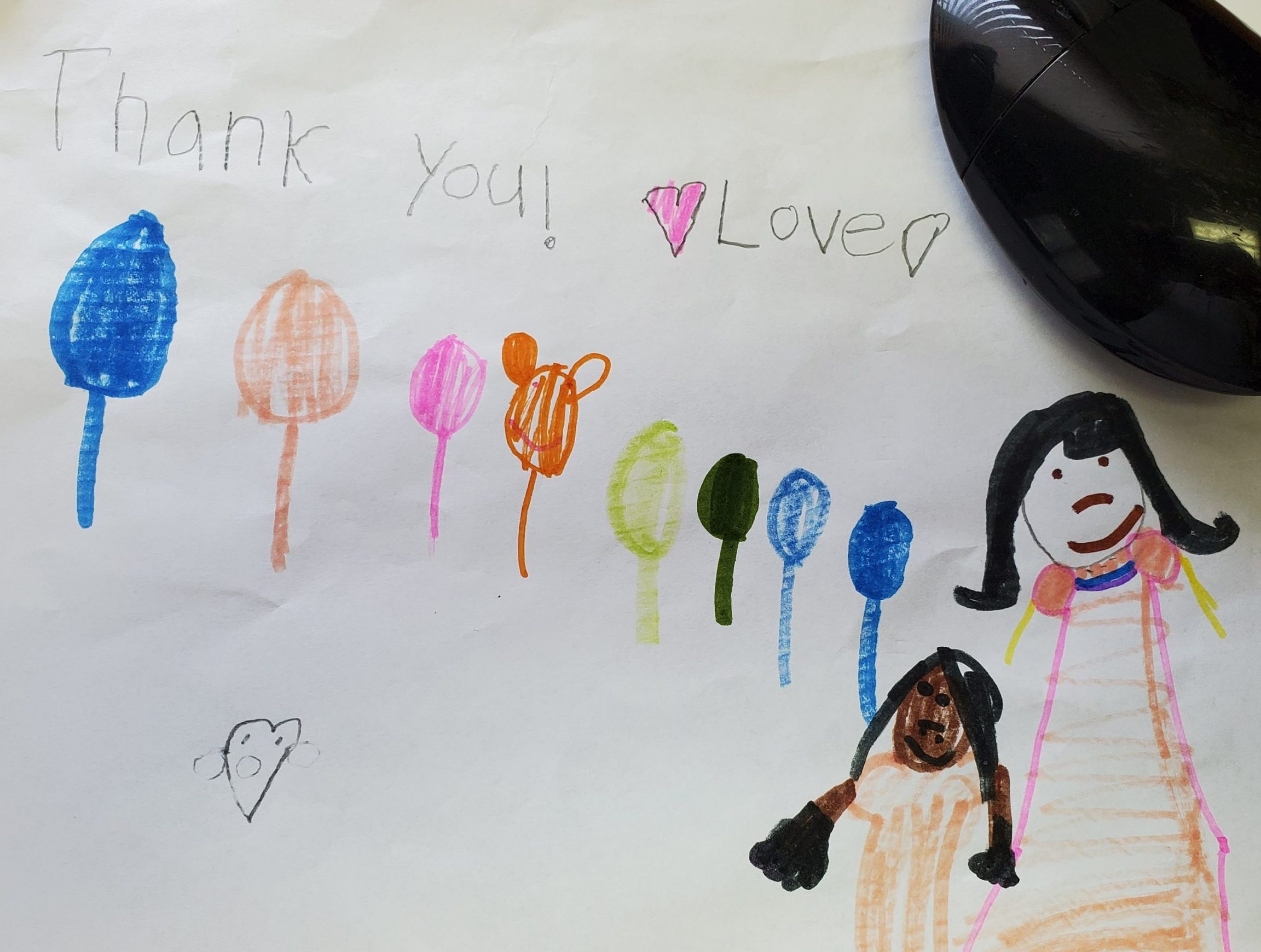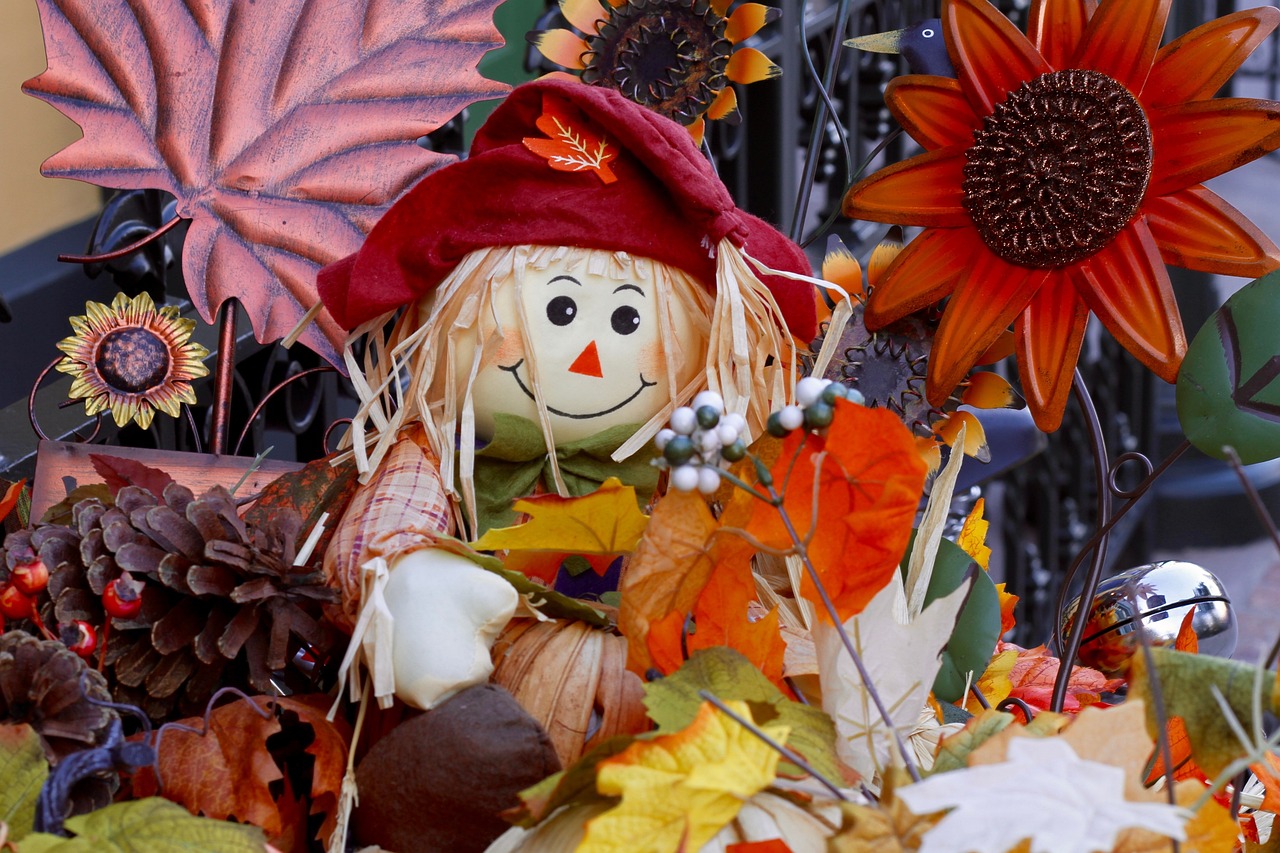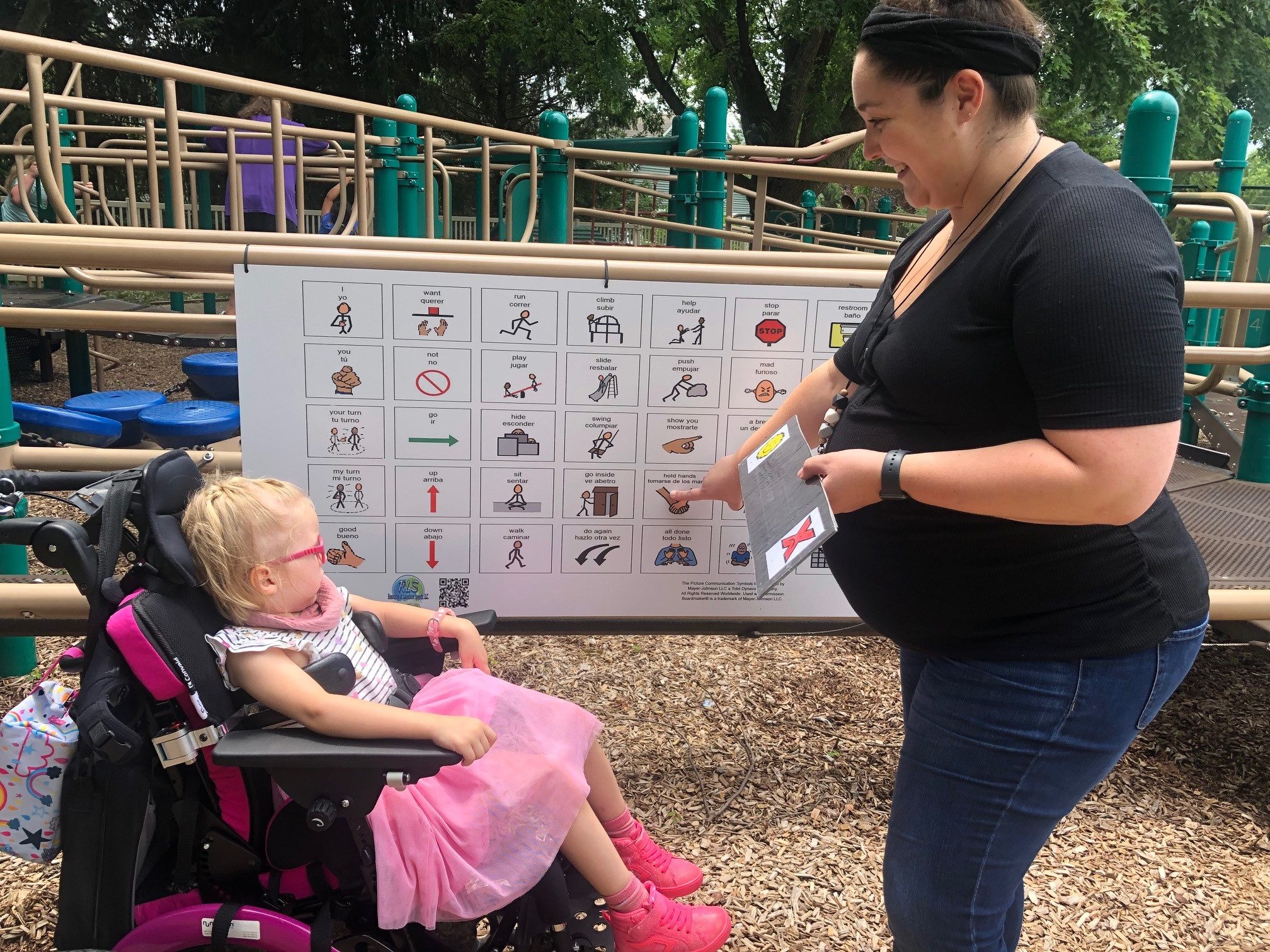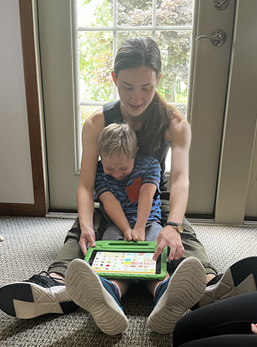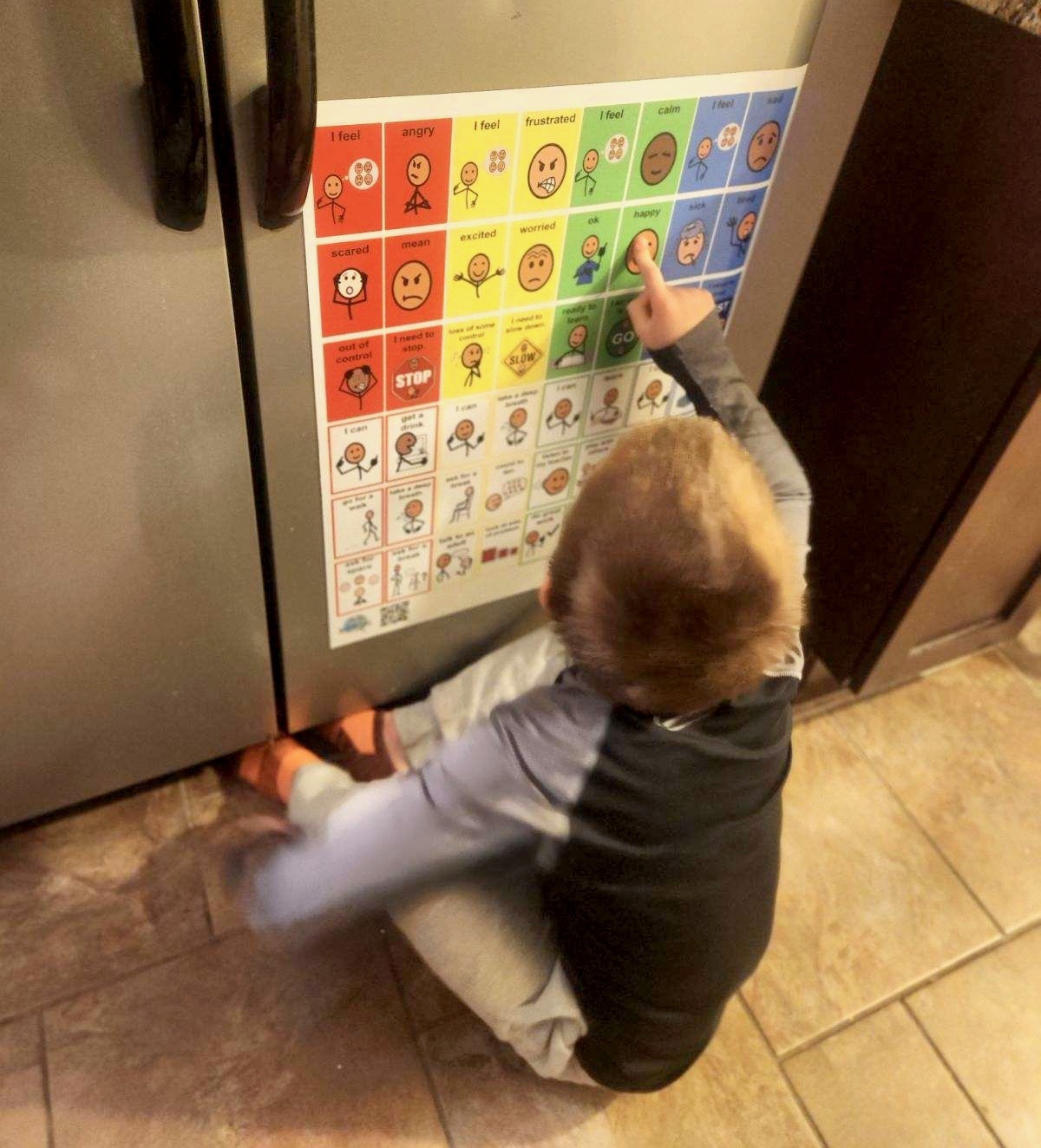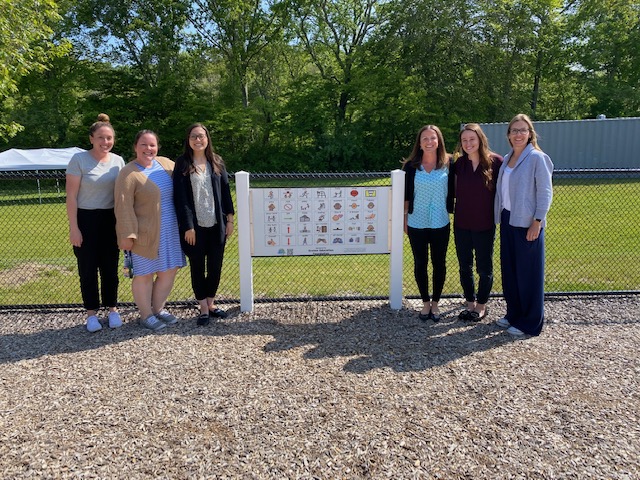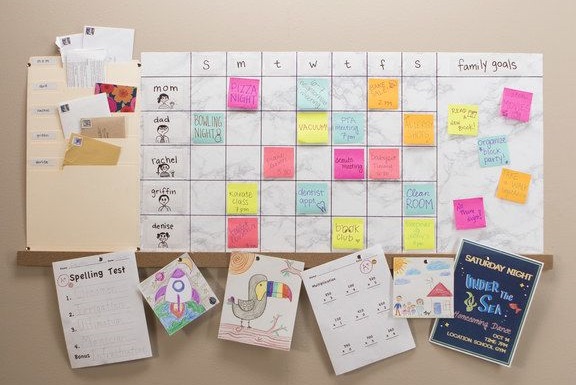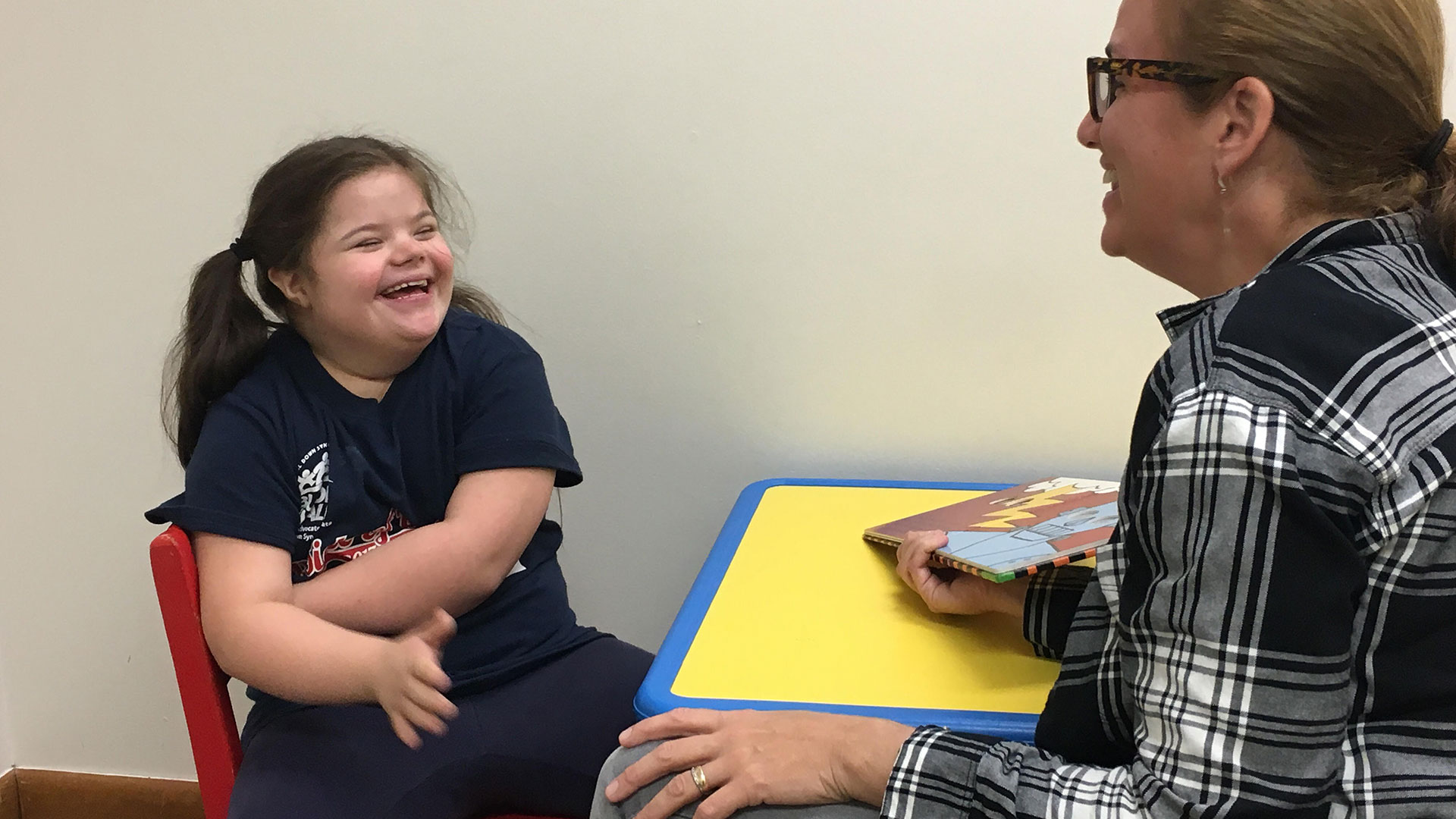Outdoor communication boards turn summer play into language-building fun! Support AAC users with inclusive tools that spark speech and connection at every park.
Continue readingCelebrate SLPs : Better Speech & Hearing Month
Celebrate Better Speech and Hearing Month! SLPs help all ages with communication, swallowing, advocacy, research, and more to improve lives every day.
Continue readingCelebrating Thanksgiving: 12 Tips to Support Children with Special Needs
For families with a child on the special needs, celebrating Thanksgiving may require some thoughtful preparation to ensure a comfortable and enjoyable experience. Here are some tips to help you prepare for a meaningful holiday celebration.
Continue readingHow to Boost Community Engagement and Usage:Playground Communication Boards
Playground communication boards are a wonderful addition to parks and recreation spaces. Eplore why playground communication boards may be underutilized, and some ideas on how to make these boards an integrated part of playground experiences.
Continue readingPrivate Speech Therapy: What You Need to Know
This guide is here to help you understand what happens in speech therapy, how therapists work toward your child’s goals, and ways to feel more engaged and connected along the way.
Continue readingEmotional Balance Boards: How to Navigate for Parent Concerns
Explore three common concerns related to the use of emotional balance communication boards: frustration with limited understanding from individuals working with the child, the desire for easier, more intuitive boards, and the worry that your child won’t use the board effectively.
Continue readingHow to Advocate for Playground Communication: Frustration to Success
Explore some common frustrations, desires, and fears surrounding the issue of advocating for communication boards in playgrounds, and how you can stay hopeful and connected as an advocate for your child and your community.
Continue readingHow to Navigate Progress in Speech Therapy: A Parent’s Guide
We’ll explore some common frustrations, desires, and fears families experience around speech therapy and provide some encouragement for the journey.
Continue readingHow to Survive After School Routines: A Guide for Parents
The after-school hours are a crucial time for reinforcing what your child has learned in school, but they’re also an opportunity for growth in other areas. We’ll share some practical tips to help you and your child navigate these busy hours.
Continue readingThe Importance Of Private Speech Therapy: Important To Consider
Many children receive speech therapy services at school, but onsidered augmenting these services with private speech therapy. In addition to school-based services, private speech therapy can make a significant difference in your child’s progress.
Continue reading